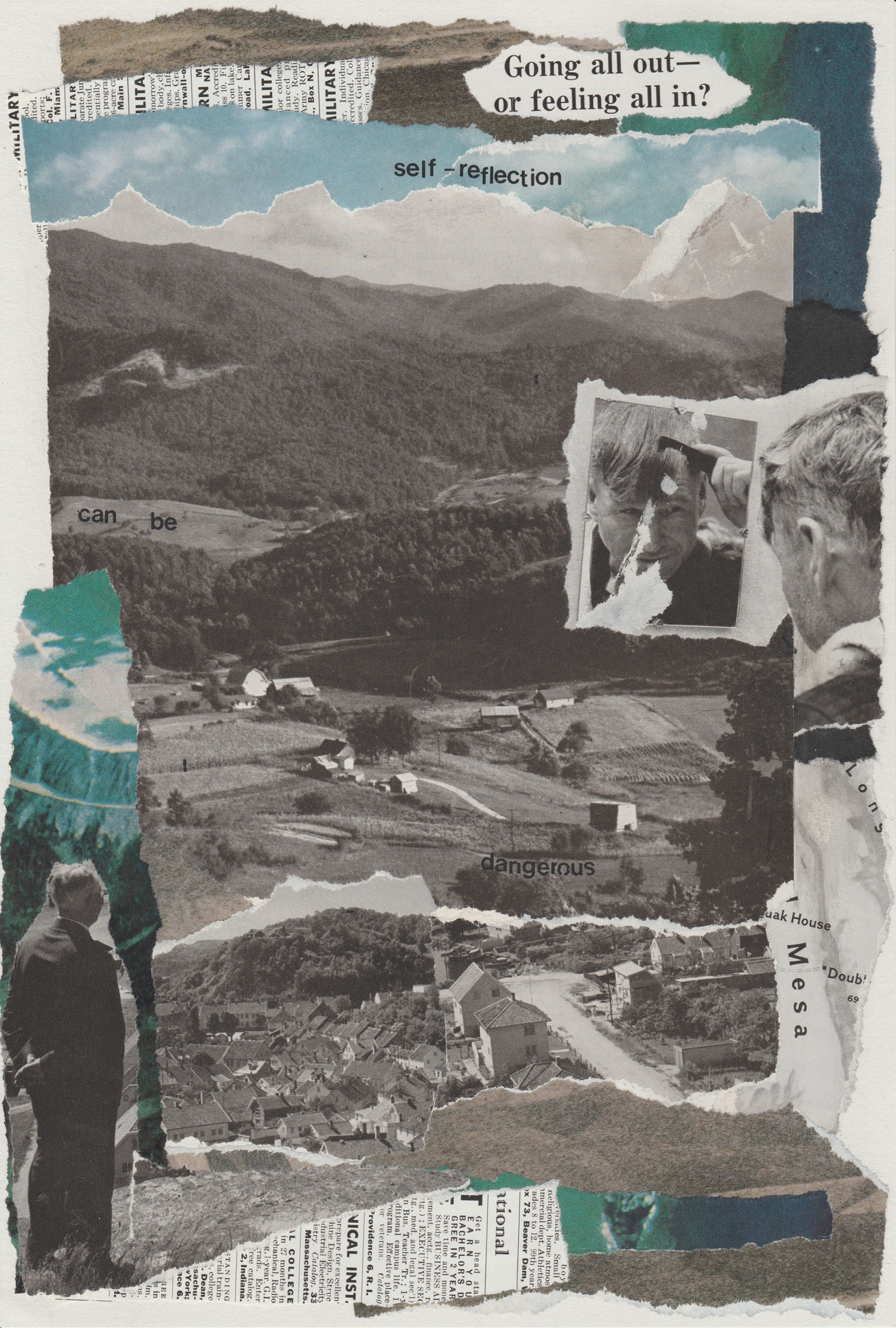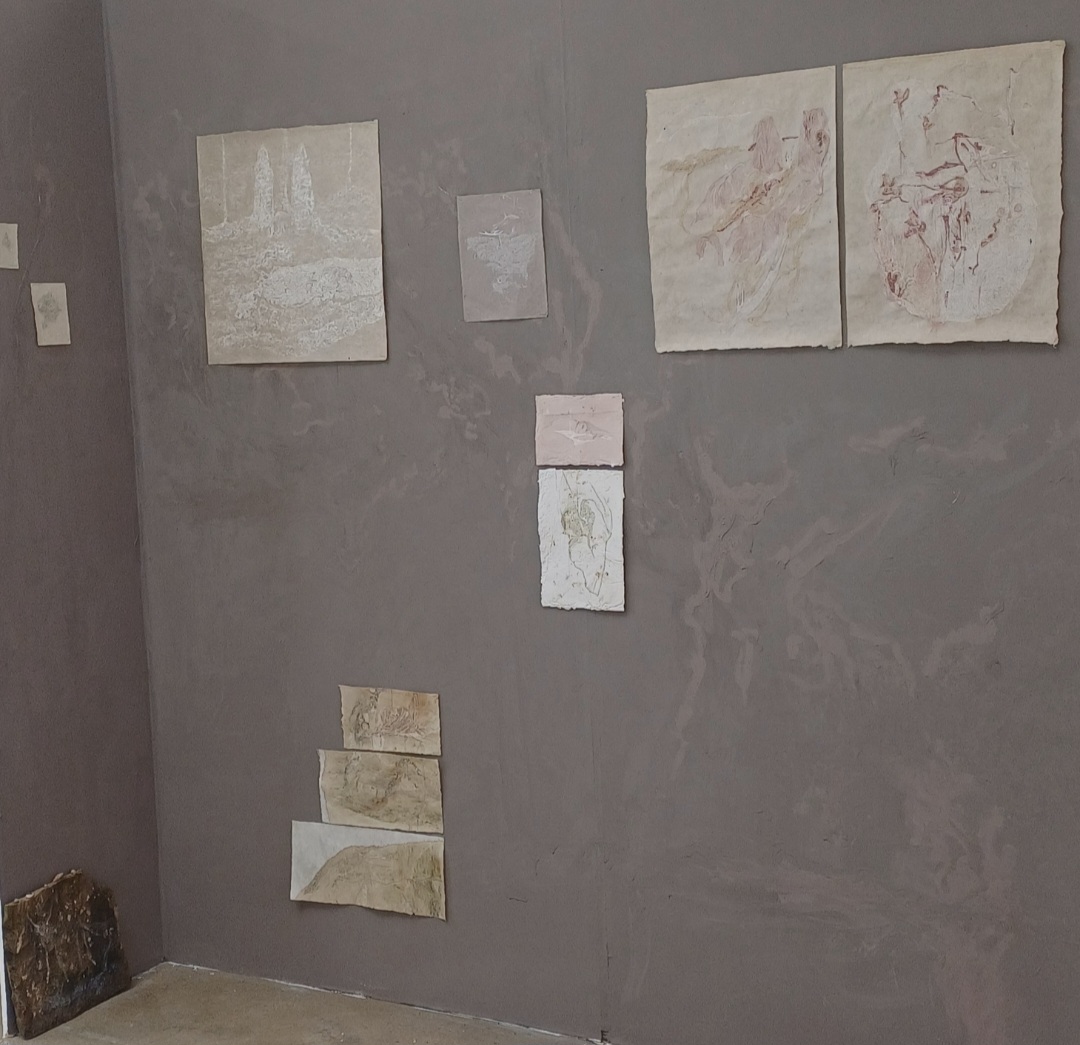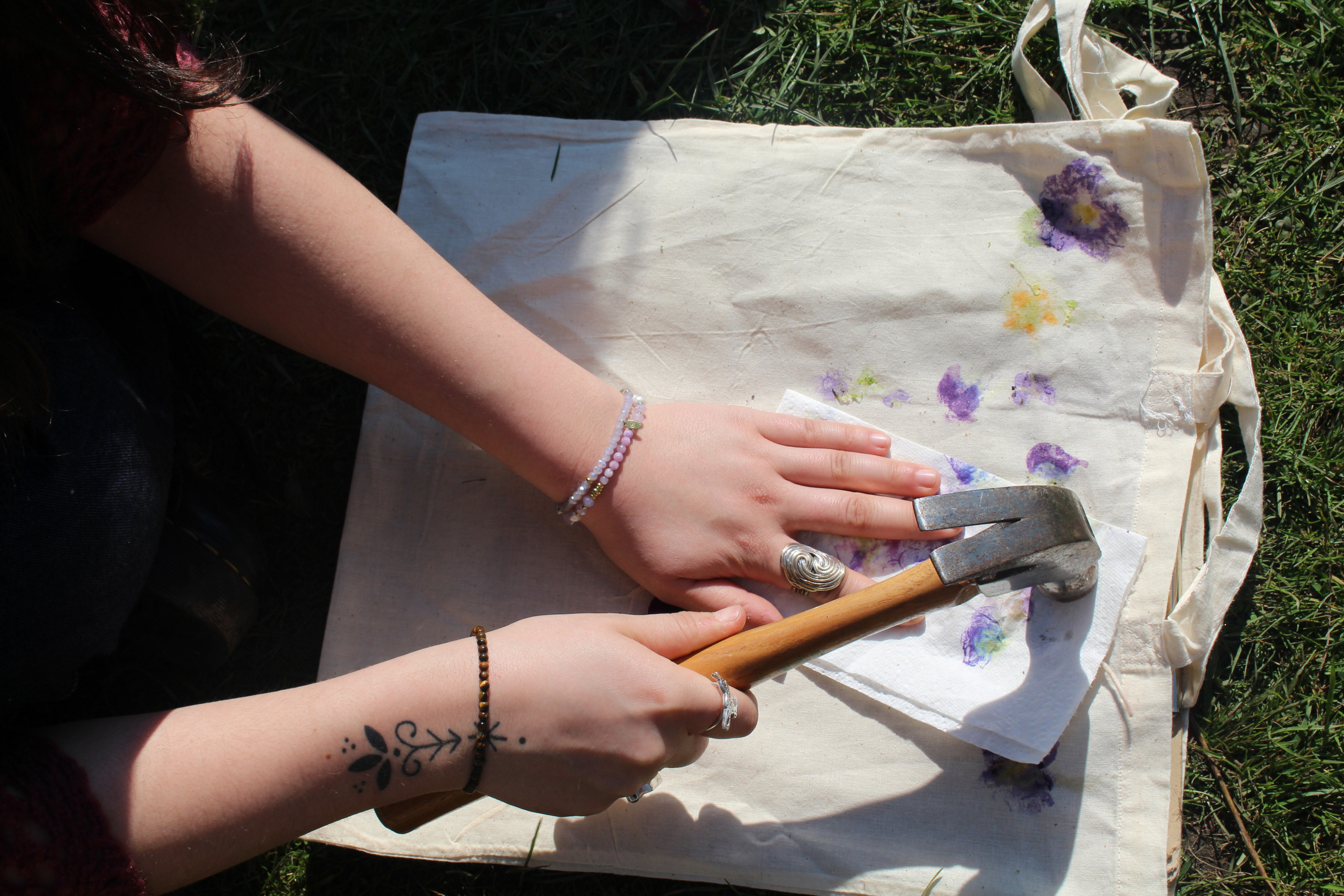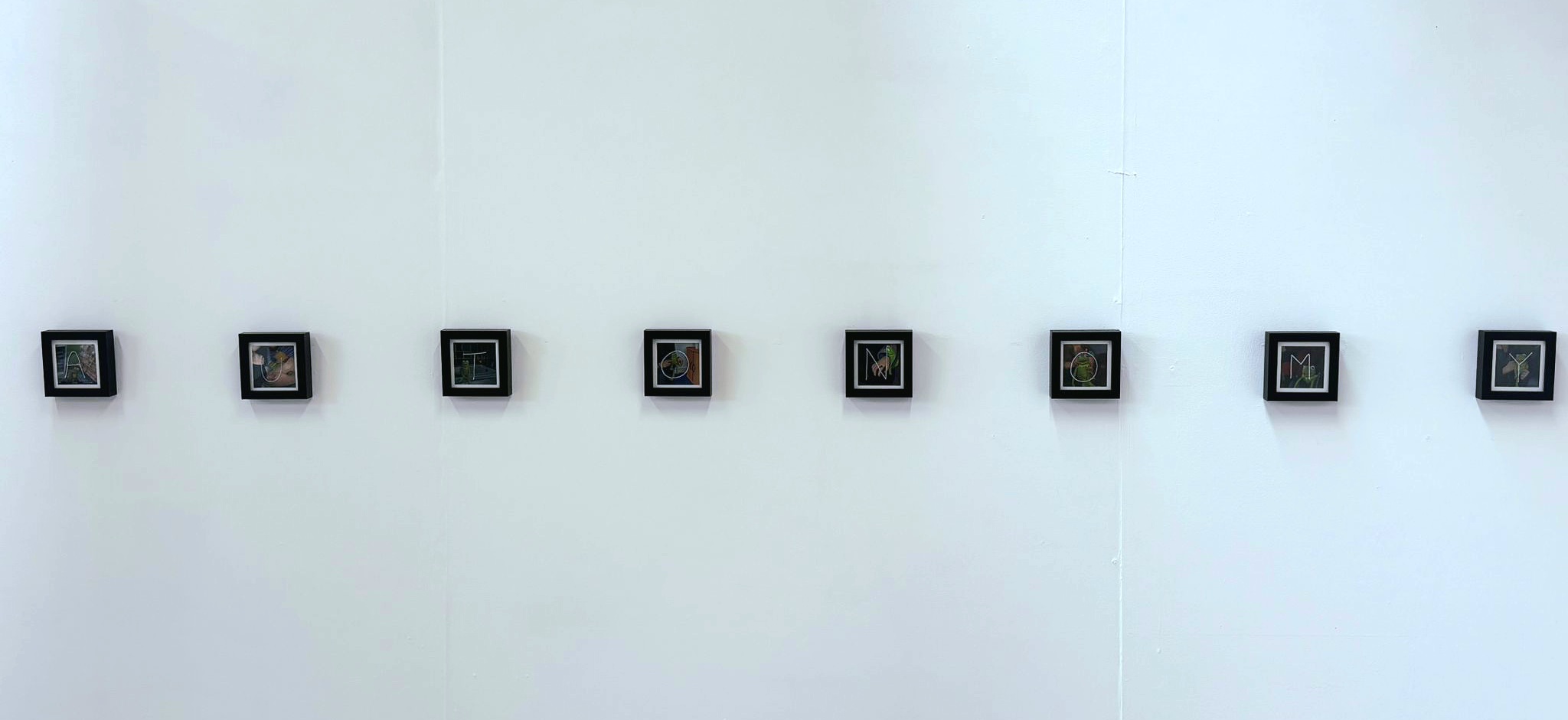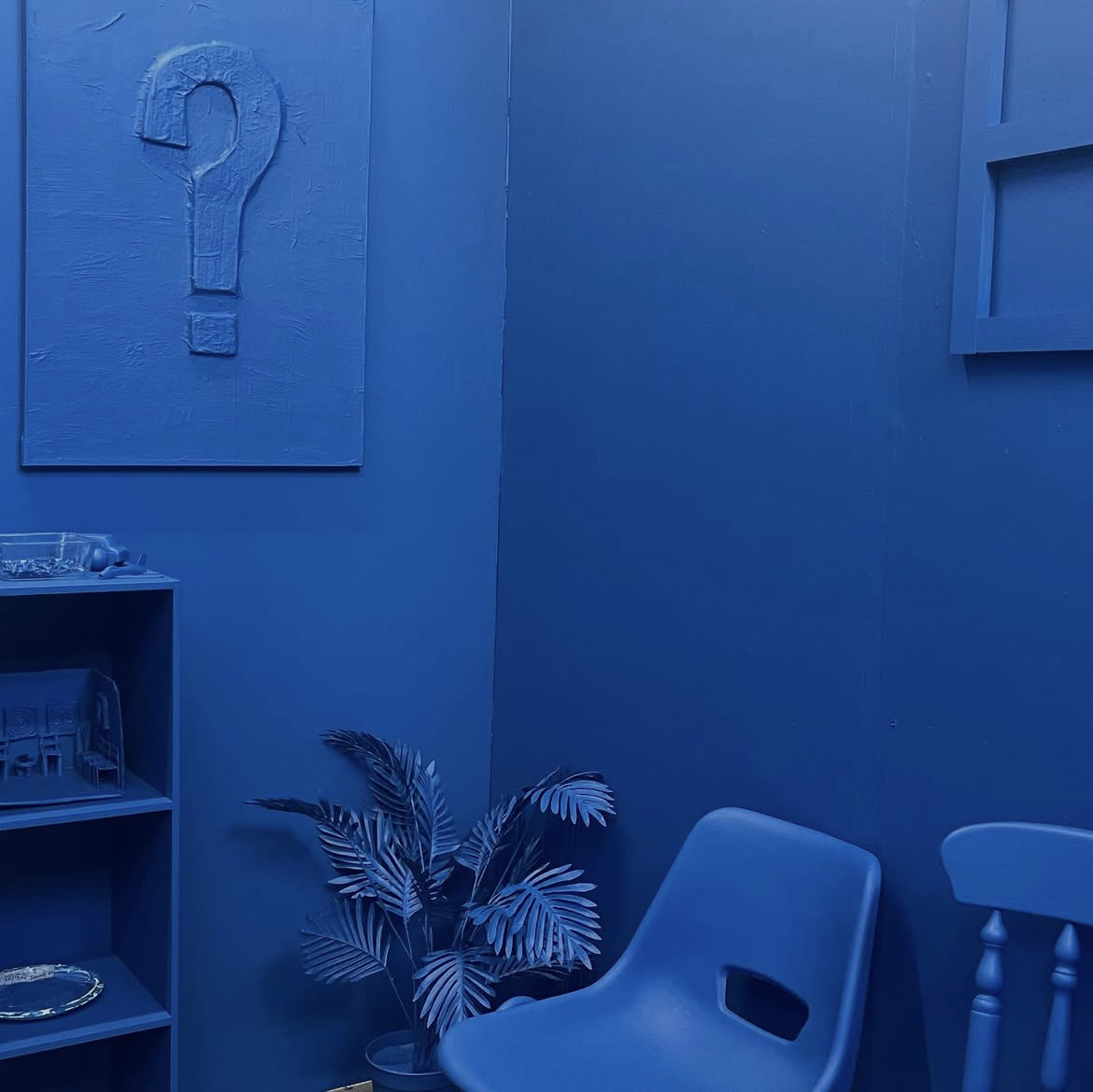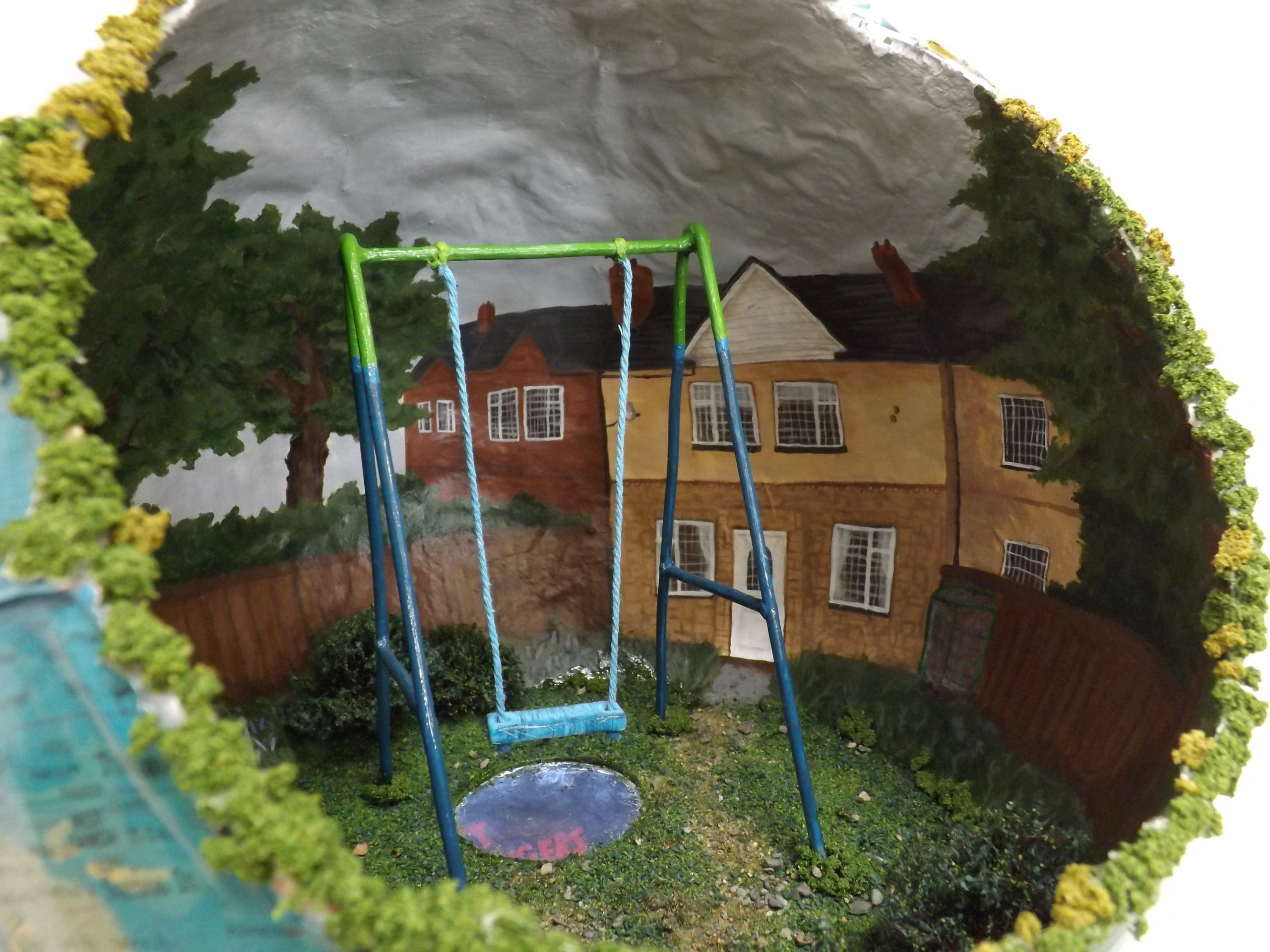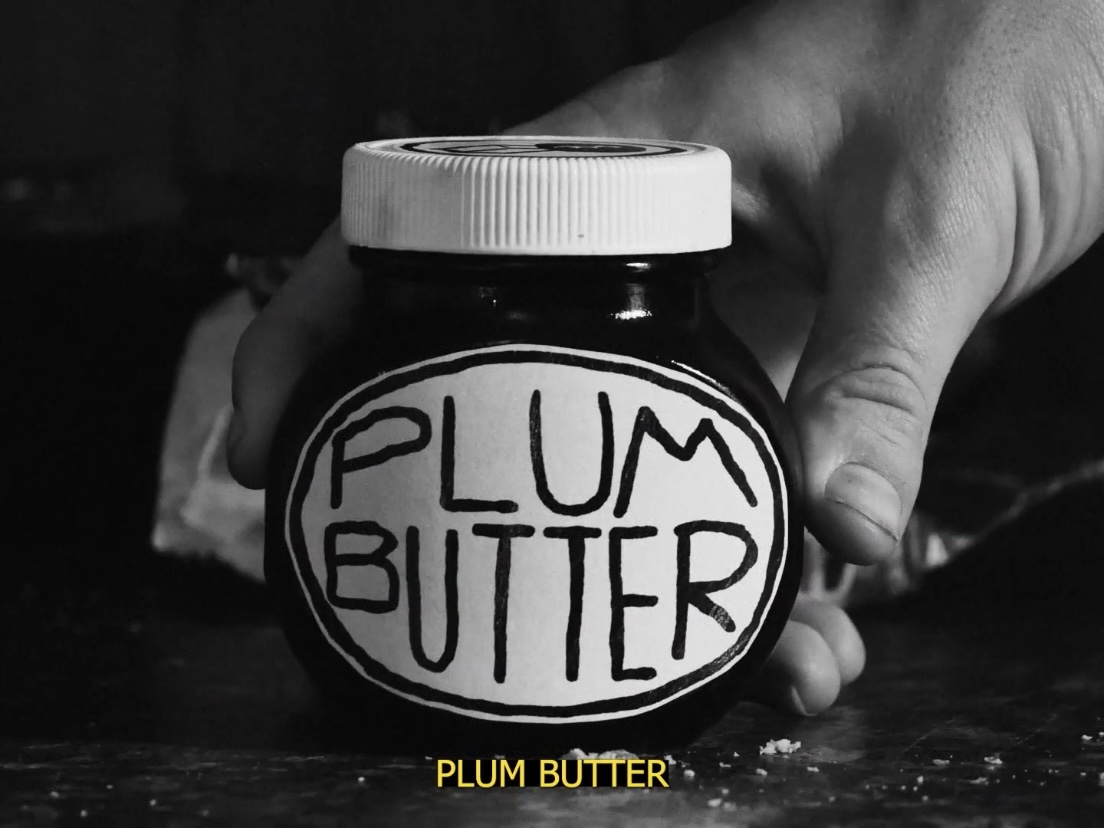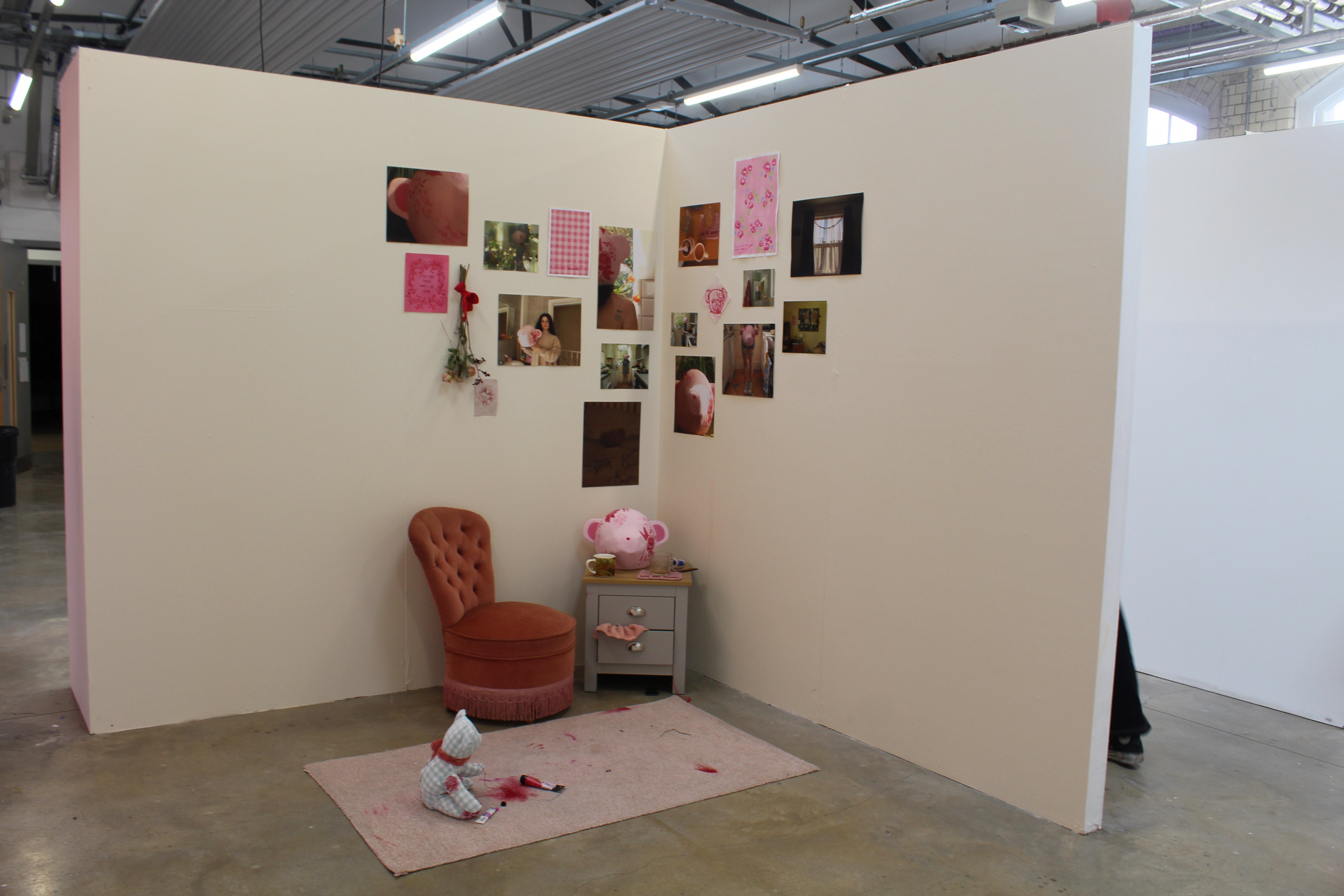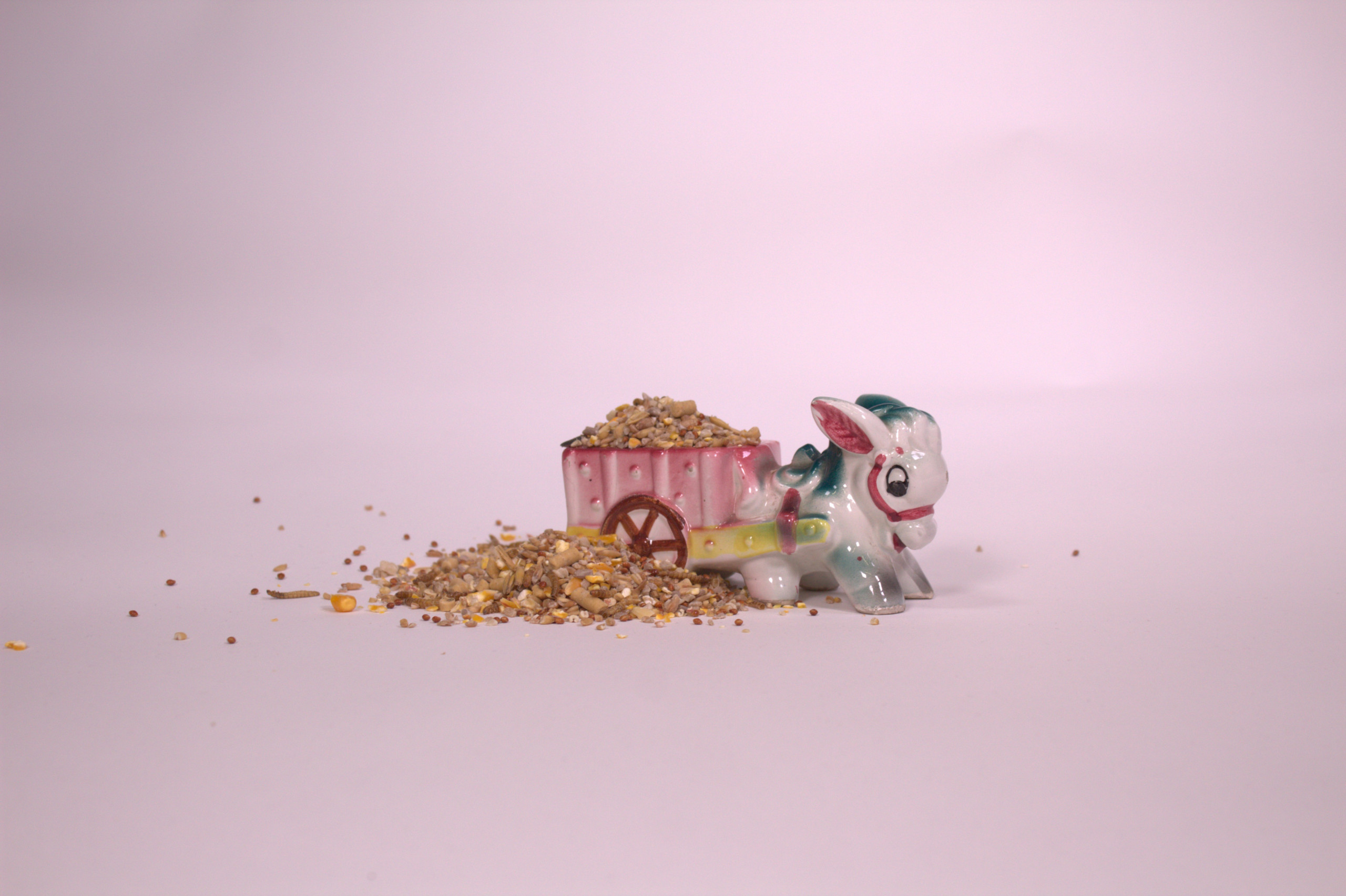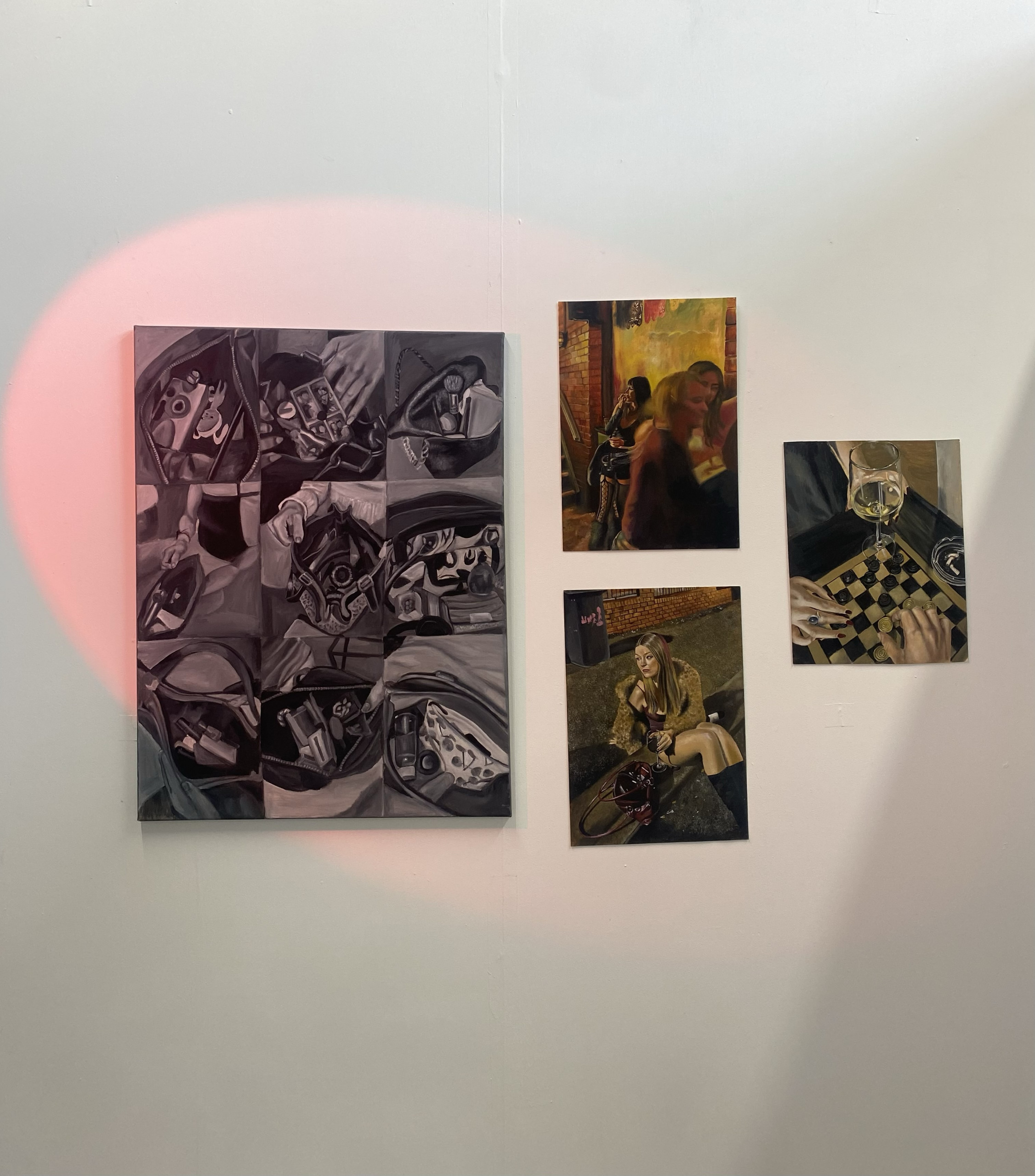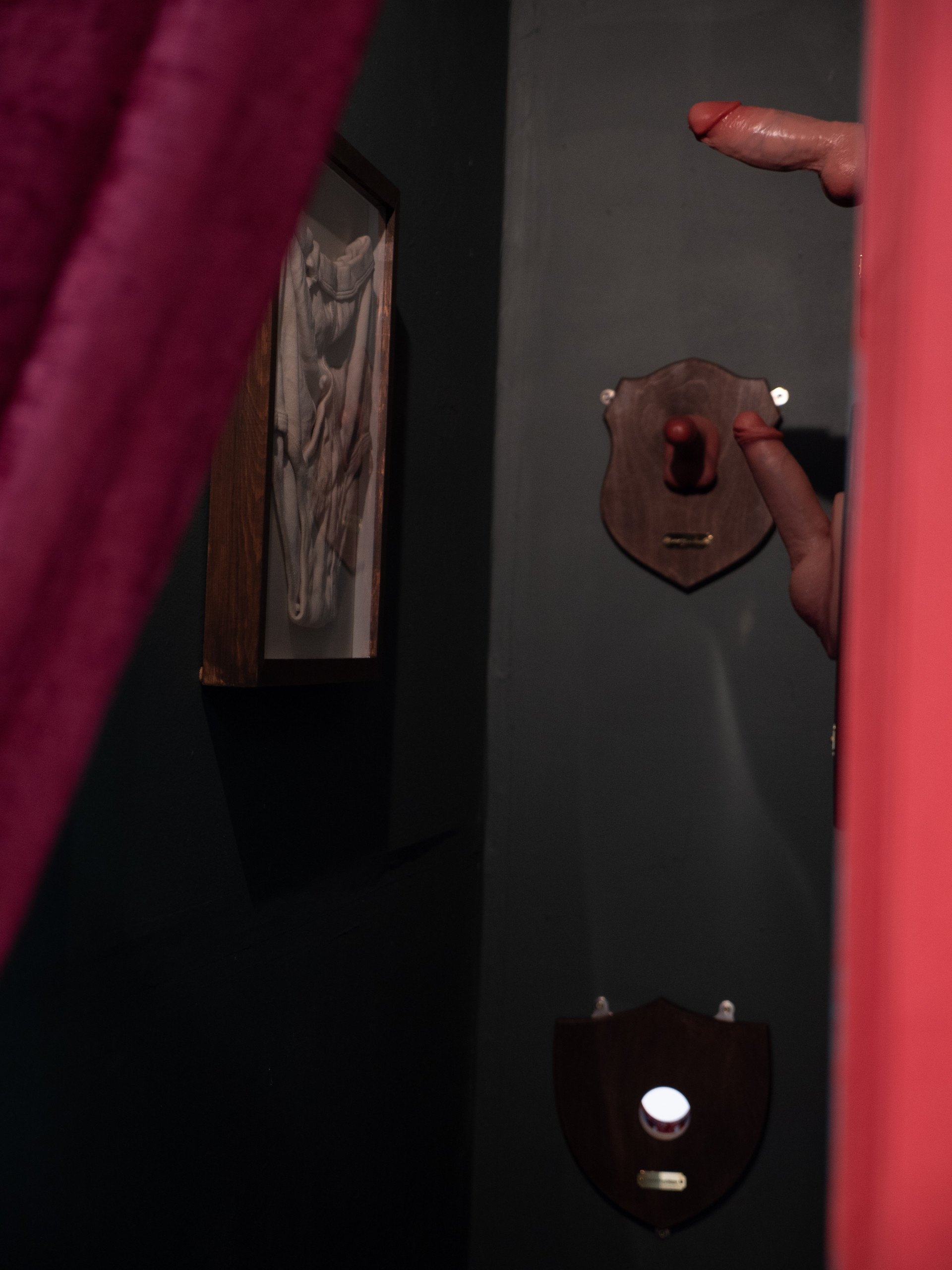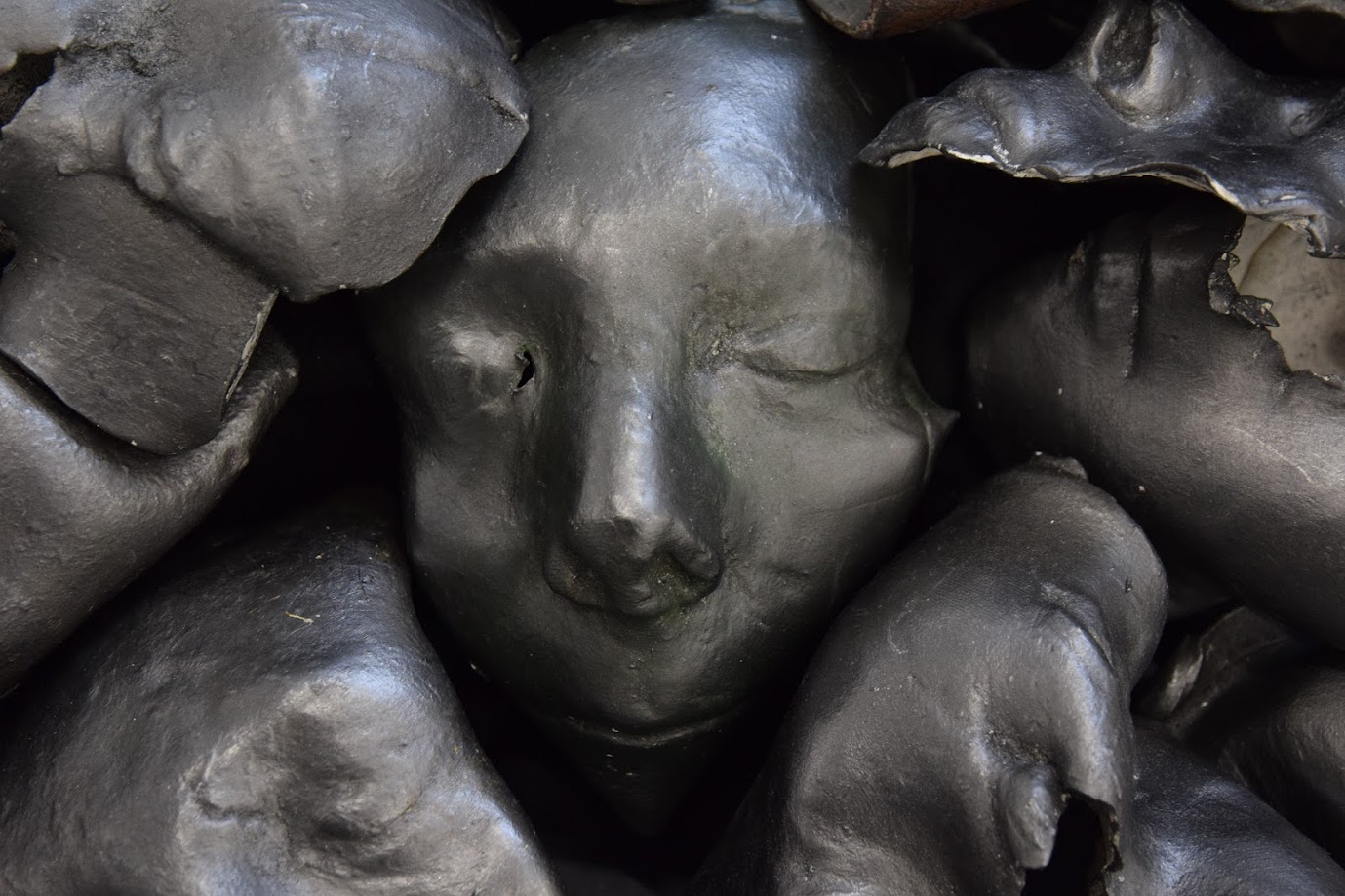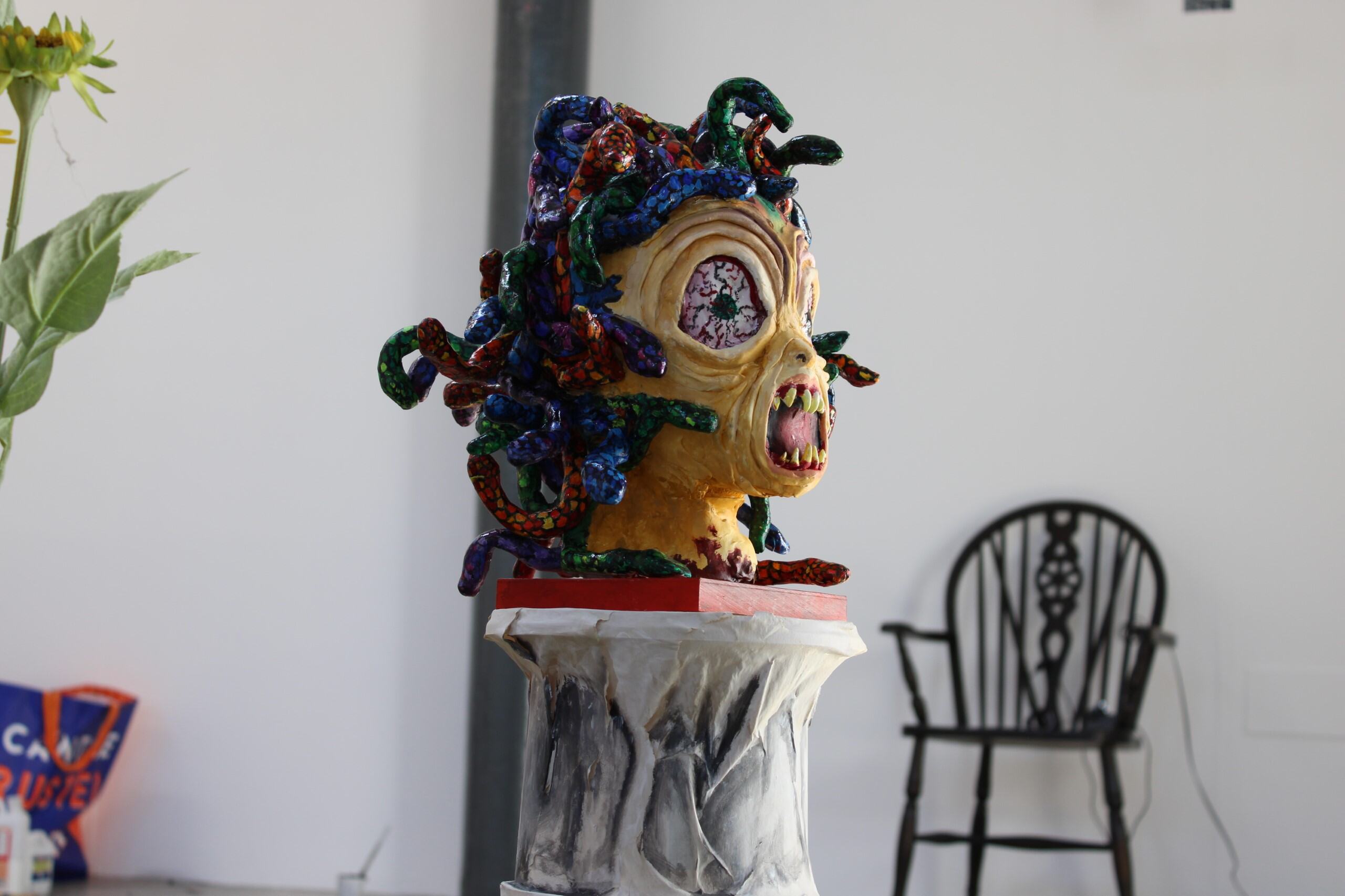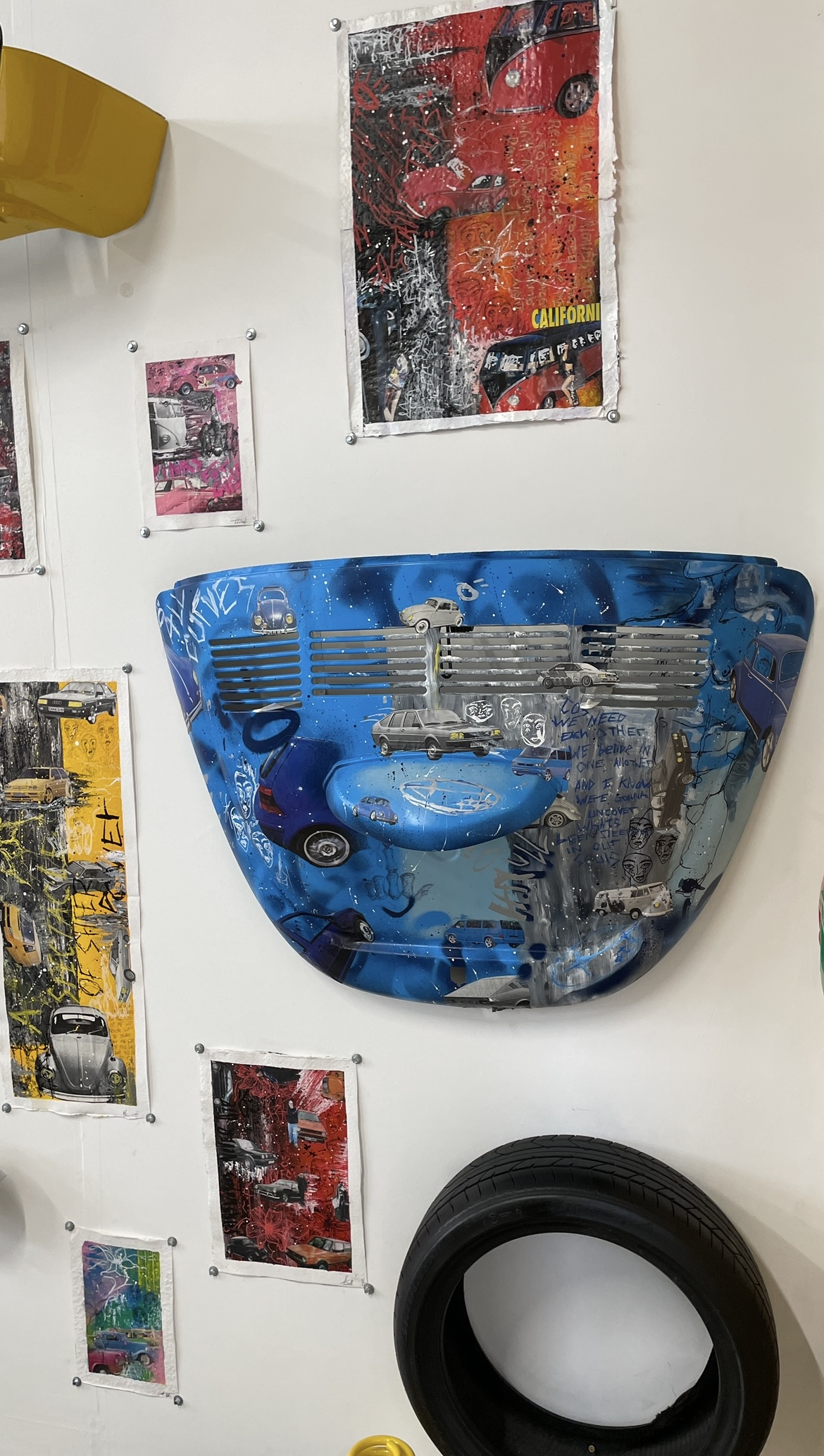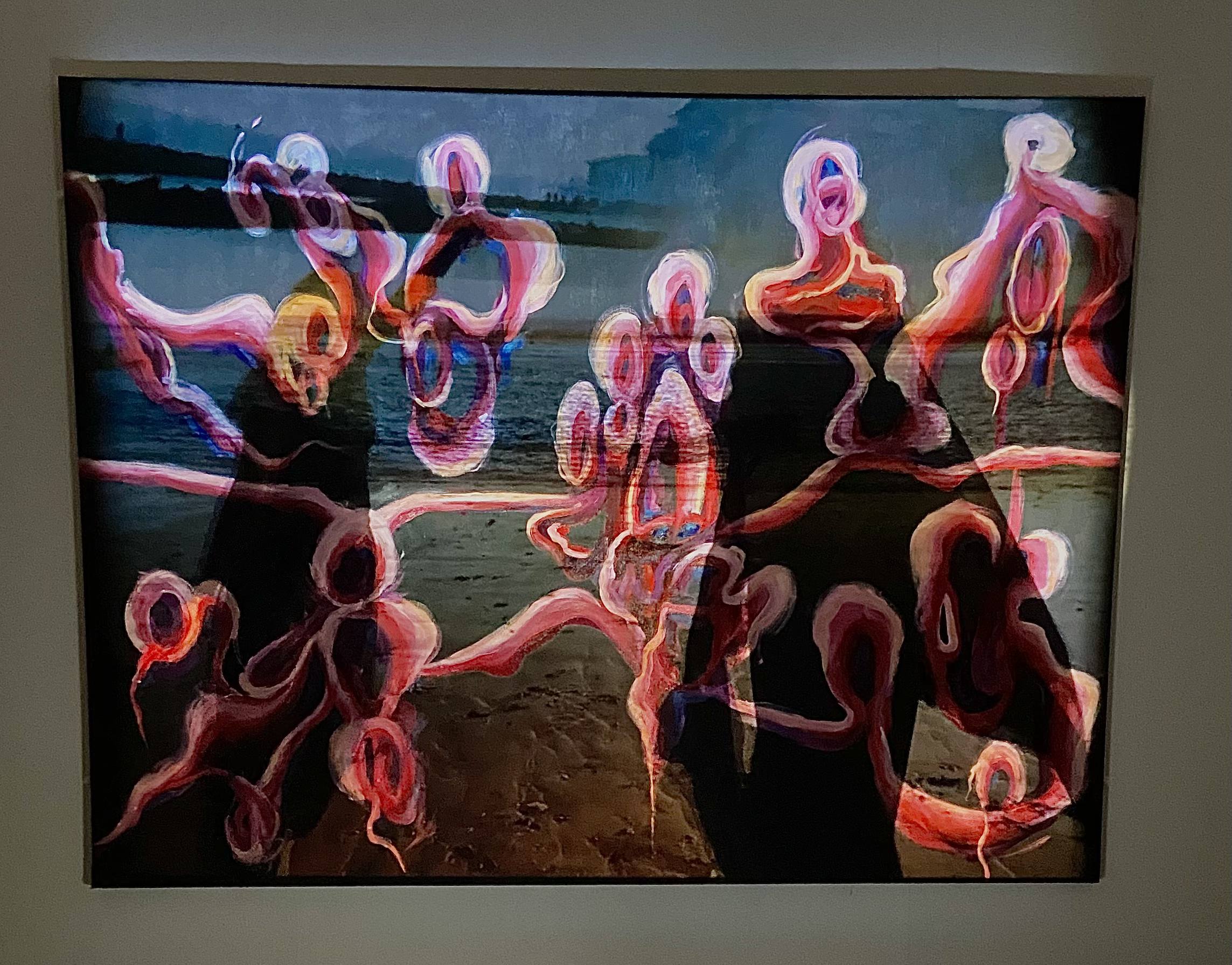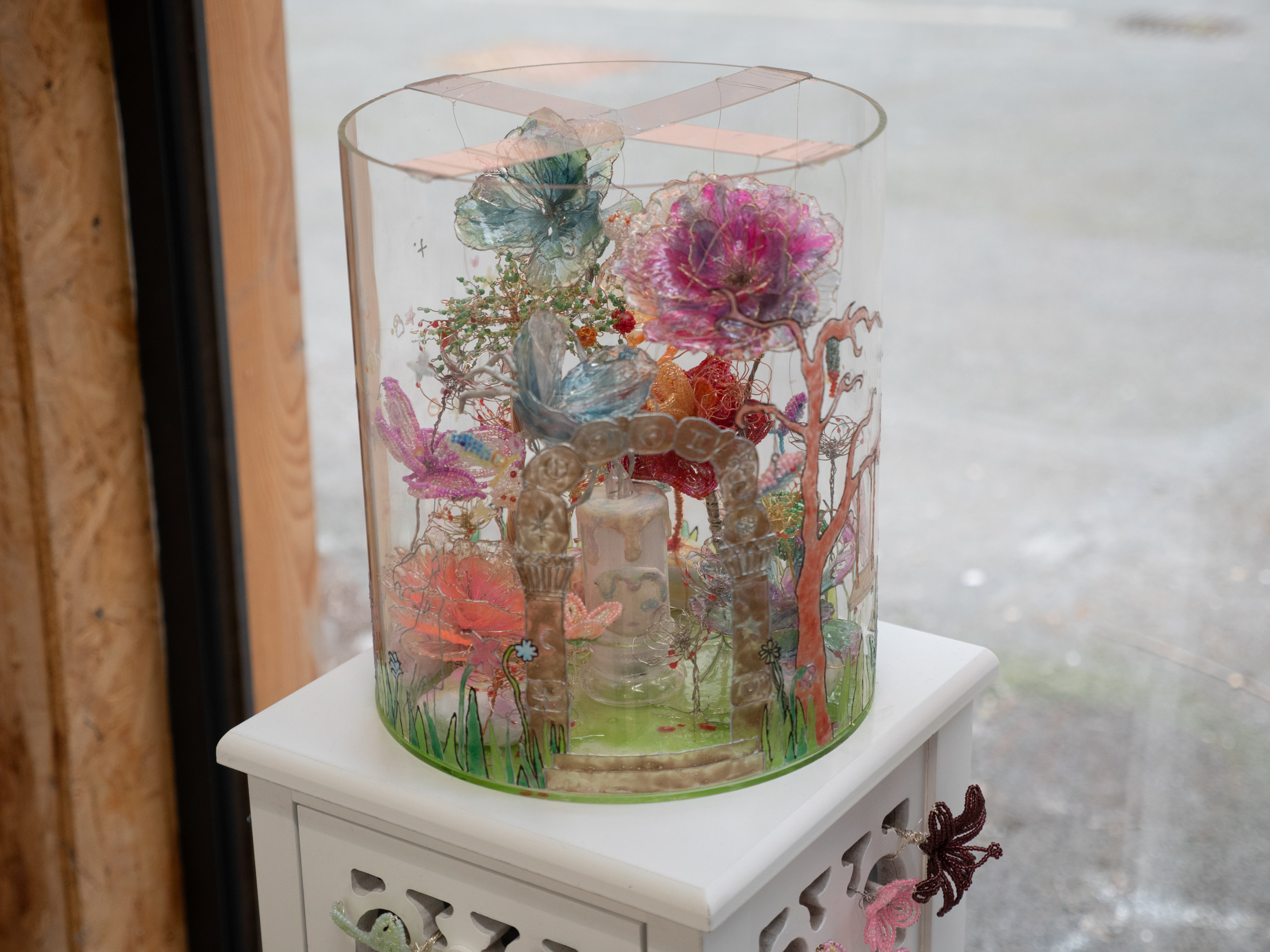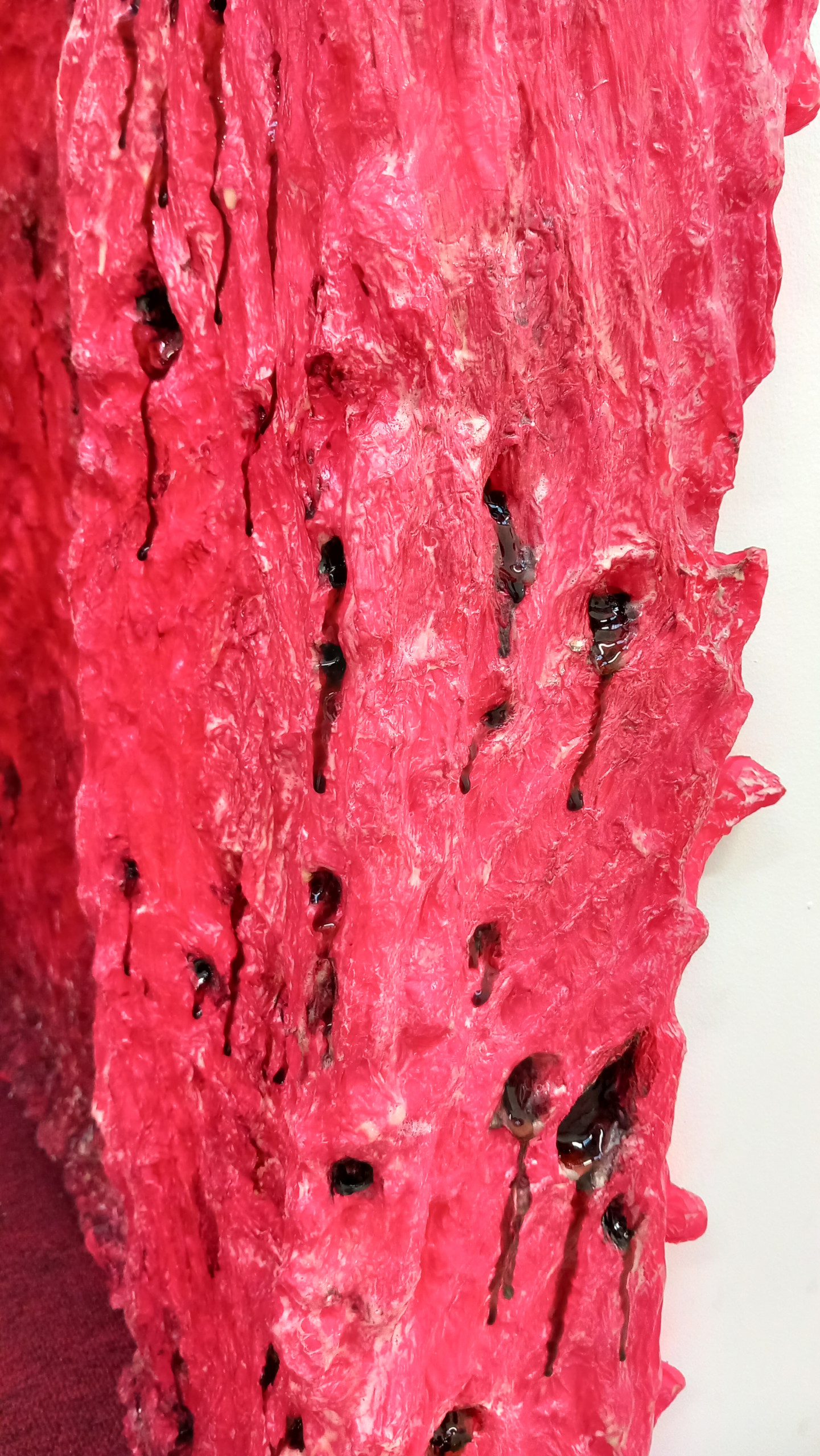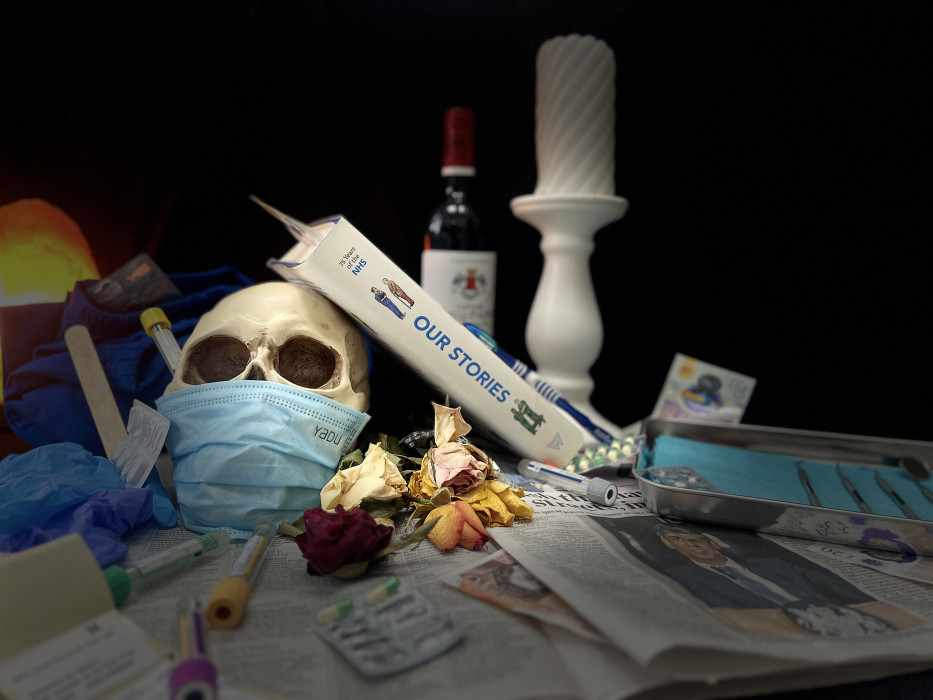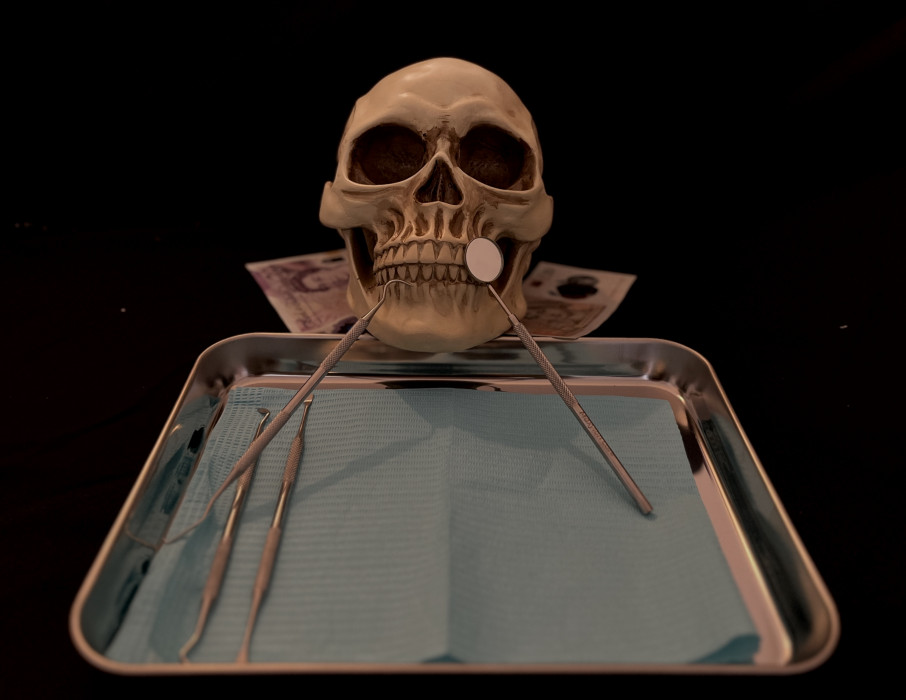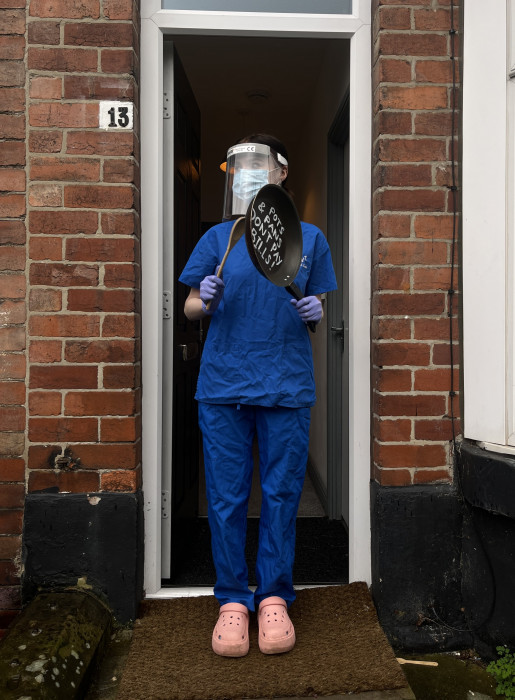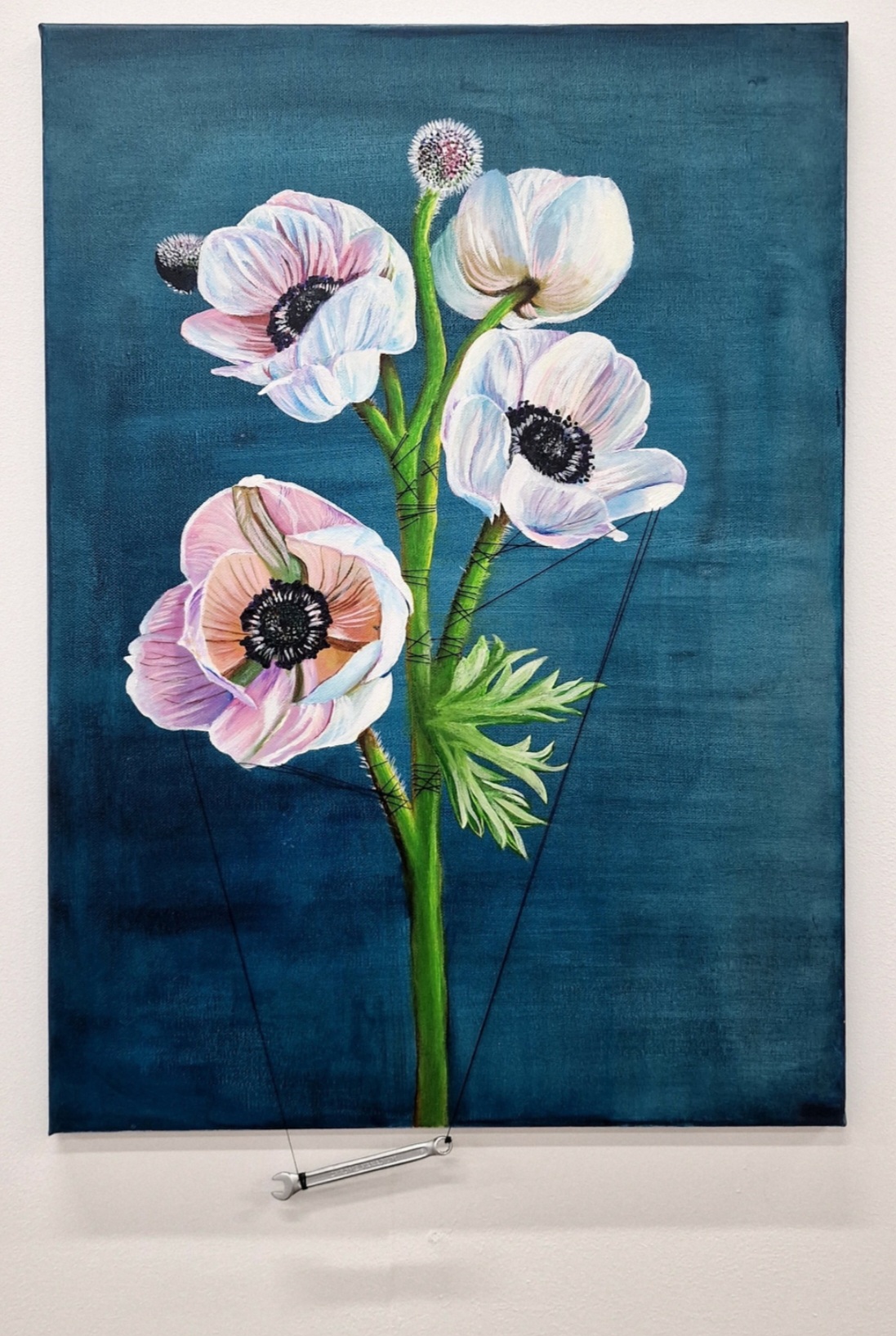
Elle Wardle’s National Living Hell explores the challenges the NHS has faced historically and still faces today referencing the history of vanitas paintings, to reflect the deep-rooted history of the NHS in Britain, the irony of the title reflecting the feelings of those who work in the Health Service.
The work is lit in a way that casts shadows and darkness to create a sense of unease. Dental equipment, medical books, newspapers, money, masks, gloves and rotting flowers also take on literal and symbolic meanings, referencing recent events like the COVID-19 pandemic and what government policy. A former nurse, who worked through the struggles of COVID-19 and left her job due to stress, Wardle knows better than most the pressures front-line staff face, against a background of struggling to make ends meet, where alongside the ‘clap for carers’ of the pandemic came protests advocating better wages, personal protective equipment, as well as improved working conditions for NHS staff.
The skull in the artwork has a few meanings: it represents how artistic things help healthcare workers learn, and it also shows death and decay. Candles were used, further referencing still life traditions, to show that time is passing and that the NHS has always been there for Britain, even during tough times. Wardle brought in a highly personal aspect to the work including blood vials from a hospital visit and her work uniform.

